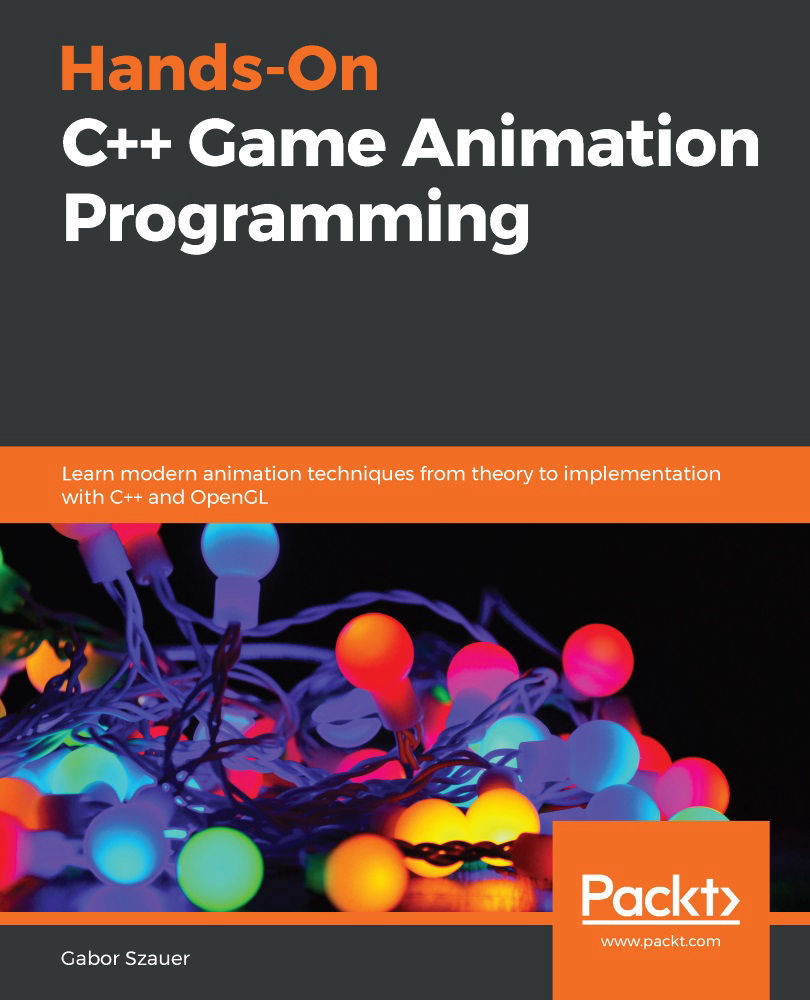Exploring meshes
A mesh is made up of several vertices. Normally, each vertex has at least a position, a normal, and maybe a texture coordinate. This is the definition of a vertex for a simple static mesh. This definition has the following vertex components:
- The position (
vec3) - The normal (
vec3) - The texture coordinate (
vec2)Important information:
The model used to demonstrate skinning in this chapter is the Godot mannequin from GDQuest. It's an MIT-licensed model and you can find it on GitHub at https://github.com/GDQuest/godot-3d-mannequin.
When a mesh is modeled, it's modeled in a certain pose. For characters, this is often a T pose or an A pose. The modeled mesh is static. The following figure shows the T pose for the Godot mannequin:
Figure 10.1: The Godot mannequin's T pose
Once a mesh is modeled, a skeleton is created in the mesh. Each vertex in the mesh is assigned to one or more bones of the skeleton. This process...







































































